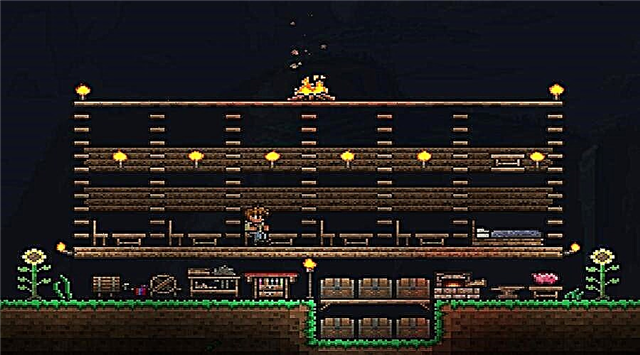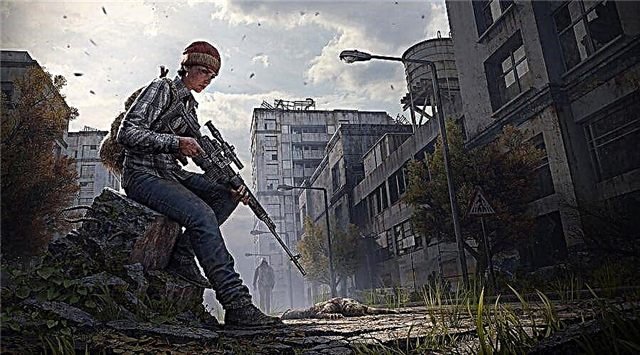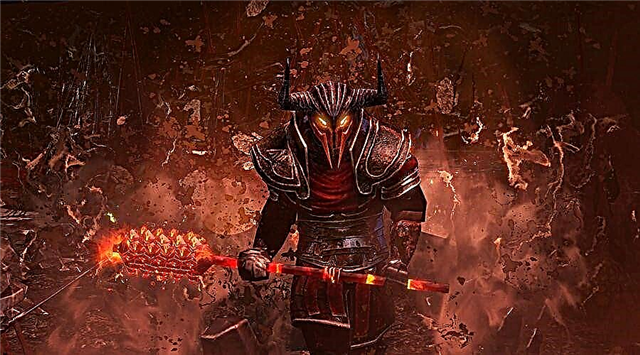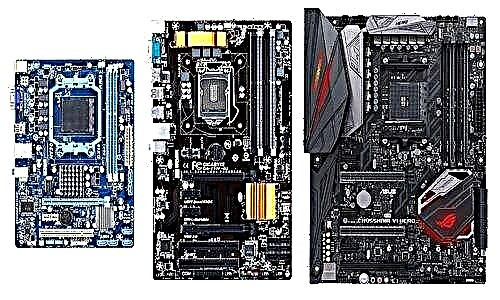First of all, you must decide what architecture your future computer will have, namely, based on which processor manufacturer: AMD or Intel. This is an important parameter when choosing a motherboard.
Educational program for choosing the main element of a gaming PC that determines its potential
The motherboard is the basis of the entire assembly of a personal computer, which determines its potential. In many ways, it depends on it whether your PC is a budget trim or a top-end gaming “monster”.
Read more about all this below, in our next material about the competent selection of components.
What is a chipset, what chipsets are relevant now?
The chipset provides communication between the main elements of a PC: processor, RAM, hard drive, and so on. The number of slots, ports and power phases on the motherboard depends on the chipset, as well as whether overclocking is supported.
Current chipsets for AMD processors:
AMD 970 is a complete chipset for AMD FX with overclocking support. Due to its low cost, it is suitable for a budget build based on the FX-8320e or earlier;
AMD 990X/990FX are top chipsets for AMD FX, which make it pointless to assemble a new gaming system. Better take a closer look at Ryzen;
AMD B350 is a brand new chipset for AMD Ryzen with overclocking support. Suitable for assembling a productive system with one video card;
AMD X370 is the top chipset for AMD Ryzen. Based on it, it is worth assembling a system with Ryzen 7 in overclocking.
Current chipsets for Intel processors:
Intel H110 - budget chipset for Intel Core, Pentium and Celeron processors; has a weak power system, so it is not suitable for a gaming PC, but it will save a lot when assembling a system for undemanding needs (watching videos, surfing the web, office work, etc.);
Intel B150/250 is a more advanced chipset, but without overclocking support. Suitable for "non-overclockable" processors (without index K). You can build a gaming system on it even with an i7-7700 on board;
Intel Z170/270 is a chipset for enthusiasts with a full set of all the necessary "goodies": support for both types of overclocking (by multiplier and bus) and several video cards, a reinforced power system (for stable operation of top-end Core i7), BIOS reset buttons, and so on. Motherboards based on the Z170/270 should be taken for overclocking processors (with the K index), otherwise it's a waste of money.
It is worth noting that for some motherboards on the Z170 there is a modified BIOS that allows you to overclock processors without the K index. In this case, overclocking occurs via the bus. This is only relevant for the sixth generation (Skylake).
In addition, all Skylake chipsets have problems installing Windows 7 from a flash drive due to the lack of EHCI support. The ASRock website has a step by step guide. We recommend to read.
What is a form factor?
The form factor is the length and width of the motherboard in one of four standards:
XL-ATX (345 × 262 mm) - an enlarged format for professional tasks and full-tower cases;
ATX (305×244 mm) - the most common size for large (midi-tower) and very large (full-tower) cases; all chipsets and all connectors meet here;
Micro-ATX (244×244 mm) - a smaller ATX with fewer connectors and inputs, often with a weaker processor power system;
Mini-ITX (170×170 mm) - the smallest motherboards for media centers and office PCs.

Note. All prices below are average among the largest domestic stores and are valid at the end of May 2017.
1. Budget motherboards for 2-5 thousand rubles. - in most cases, these are Micro-ATX motherboards with chipsets like the Intel H110. Overclocking is rarely supported here, the number of connectors and inputs is limited, and the power supply system and the number of PCI-E lanes are not suitable for both top-end processors and video cards (for example, i7-7700K and GTX 1080), and even for mid-range ones (i5-7400 and GTX 1060). Therefore, very inexpensive PCs (based on Intel Pentium or Core i3) are usually assembled on such boards for office or undemanding games like World of Tanks, Dota 2 or Counter-Strike: GO.
We recommend ASRock H110M-DGS R3.0 for 3000 rubles for Intel Pentium and Core i3. This board has everything you need for an entry-level gaming PC.
2. The middle class for 5-12 thousand - here most motherboards correspond to the full-size ATX form factor. Most chipsets support overclocking at least on the bus, the number of slots and various inputs is increased compared to the budget class, and there are also pretty good heatsinks. All this allows you to install even the most powerful hardware, but overclocking in this case may be limited by the stability of the motherboards themselves.
Take ASUS PRIME B350-PLUS for 6800 rubles for AMD Ryzen or MSI Z270 PC MATE for 8300 rubles for Intel Core i5/i7. Both boards support all types of overclocking, and the second board boasts an excellent Intel network controller and a normal non-Realtek audio chip at a not too high price.
3. The premium segment for 12-30 thousand is the choice of enthusiast gamers who are fond of extreme overclocking and water cooling systems. All the conveniences and bells and whistles are provided here: from banal high-performance radiators and silhouette lighting to BIOS reset and automatic overclocking buttons, as well as a built-in Wi-Fi module. In addition to the standard ATX format, there are also larger XL-ATX motherboards in the premium (gaming) segment.
It is worth looking at ASUS PRIME X370-PRO for 11,300 rubles for AMD Ryzen or ASUS ROG STRIX Z270E GAMING for 13,500 rubles for Intel Core i7. These are one of the best motherboards for their price, as they have all the necessary set of elements for their segment: a large number of excellent heatsinks and power circuits, armored connectors, a Wi-Fi module, as well as a premium network controller and an audio chip.
What is a socket and what sockets are relevant now?
A socket is a socket for a processor. Their models usually change every few generations of processors. In addition, sockets for Intel will not work for AMD products and vice versa.
Current sockets:
1151 is the latest and most popular socket for Intel processors,
AM4 is a fresh socket for the new AMD Ryzen line,
AM3+ - for AMD FX (also compatible with AM3 models).
Are budget motherboards suitable for high-end processors like the Intel Core i7?
Most inexpensive "motherboards" have a weak power supply system and low-efficiency radiators. Formally, in the latest models based on the H110M chipset, support for Core i7 is indicated, but at high loads, the computer can crash.
Is it worth building a powerful AMD gaming PC?
Fresh AMD Ryzen 7 perform well paired with graphics cards no higher than the pre-top segment (Radeon RX 580 or GTX 1070). If that's enough for you, it's worth it. Since a similar solution on Intel (motherboard + processor) will cost much more.
Should I buy a motherboard with an integrated graphics core or processor?
Only if you don't play demanding 3D games. Any built-in video cards and processors are characterized by low performance, which will be enough only for office tasks and two-dimensional or old games.
Which motherboard manufacturer is the most reliable?
In mid-2017, only four brands of motherboards are on sale: ASUS, ASRock, GIGABYTE and MSI. All of them sometimes come out with not very successful models, the percentage of defects differs minimally, and the warranty period for products is the same - 3 years.
Significant differences in the products of the "Big Four" can be traced only in the premium segment.
What is an M.2 slot? How important is it for a gamer?
This is a connector for connecting high-speed SSD drives. They differ from ordinary "SSs" not only in significantly higher read / write speeds, but also in a significantly higher price. Which makes them redundant and unjustified for ordinary gamers.
Therefore, it is not worth making a choice in favor of one or another motherboard, only based on the presence of an M.2 slot.
Do I need two or more PCI-E slots for a graphics card?
The vast majority of modern ATX motherboards already have at least two of these connectors. However, it is worth noting that only "motherboards" from the premium segment with support for 8x / 8x mode can make both powerful video cards work to their full potential. On inexpensive boards, as a rule, the second video card is provided by no more than four lines.
In addition, in SLI (for NVIDIA GeForce video cards) and Crossfire (AMD Radeon) bundle modes, video memory is not summed up.











